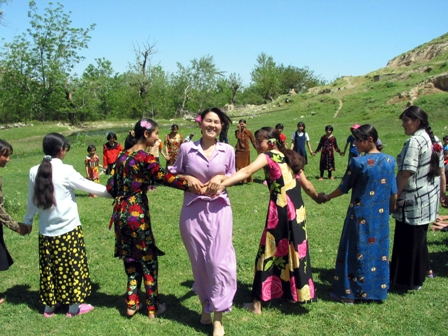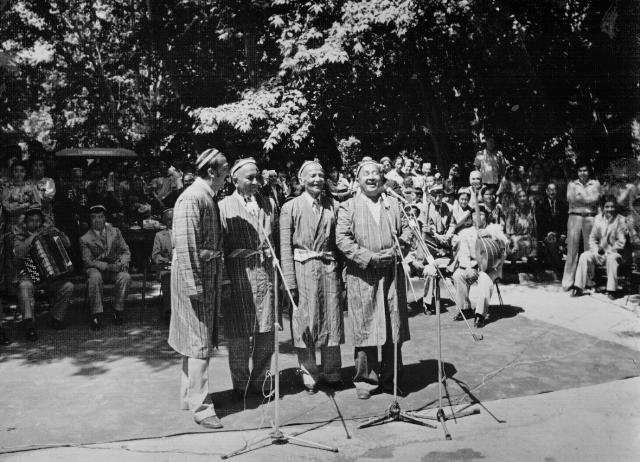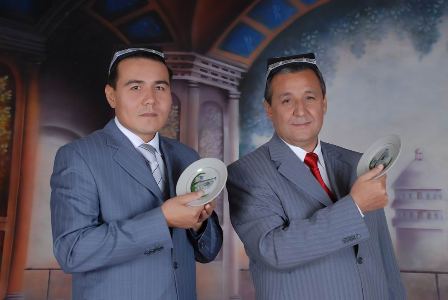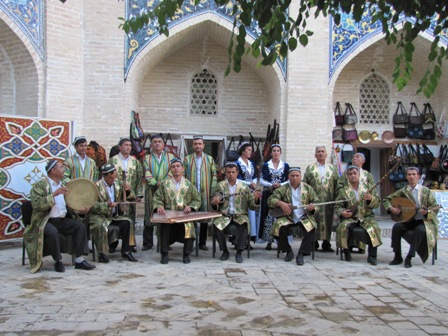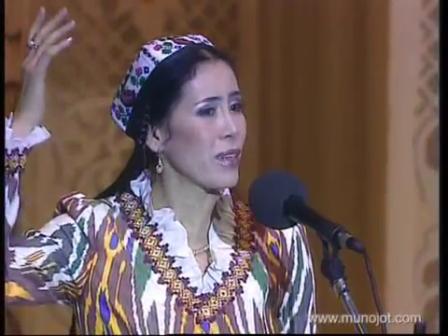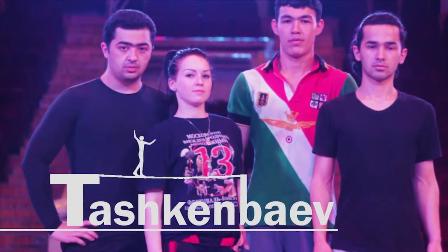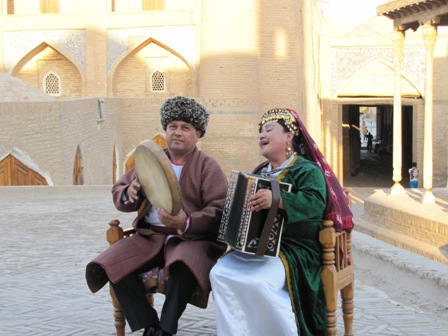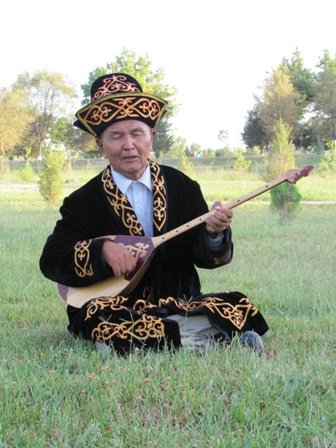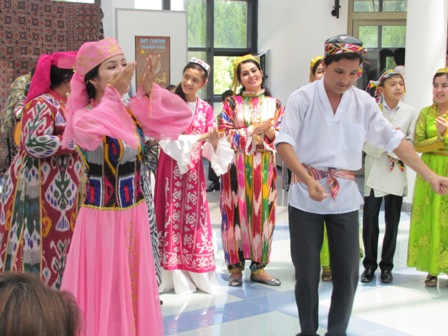Doppidozlik (Skullcap Embroidery)

Domain: Traditional Craftsmanship
Index Number: 05.04
Skullcap embroidery was developed among Iranian and Turkic peoples since olden times. Skullcaps make up part of the national dresses of the peoples of Turkestan, especially of Uzbeks and Tajiks. They differ in terms of form and décor from one nation to another. The same can be told with regard to the traditions of their creation.
Skullcaps are cut out from single-colored silk and satin materials, embroidered by using simple, silk and gold threads. Parts of skullcap, decorated with fancywork, are put on lining and sewed to each other. The edges are decorated with braids. Depending on the style, a skullcap can be quadrangular or cone-shaped. Skullcaps are made predominantly by women.
In the 20s of the XX century master-craftsmen were united in co-operative craft societies, and later on specialized enterprises (mills) were created. Along with artisanal production, skullcaps are produced on industrial basis. Today it is possible to observe production of skullcaps in Bukhara ("Zardoz" joint-stock company), Tashkent ("Sharq guli" mill), and on enterprises of Chust city (Namangan region).
Nevertheless, it should be mentioned that it was manual embroidery of skullcaps through which local artistic traditions continued their evolvement. Also, in Tashkent, Andijan, Margilan and Boysun a new type of women's skullcap emerged, which uses seaming technique of "Iroqi" and light-shadowy satin stitch.
Traditional types of skullcaps got enriched with new details. Skullcap embroidery continues its evolvement, mostly in the form of home-based traditional embroidery. Because of many objective reasons it disappeared in Tashkent, Pskent and Bukhara and got widespread in rural areas of Uzbekistan. Handywomen, by repeating traditional patterns, carefully introduced to them new motifs, presented them in more expressive manner.





